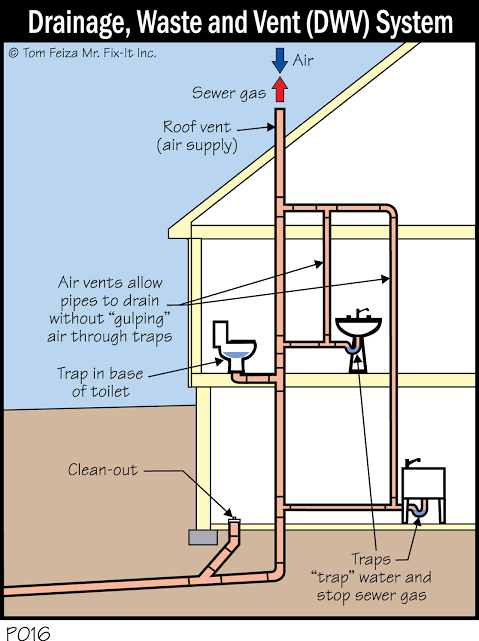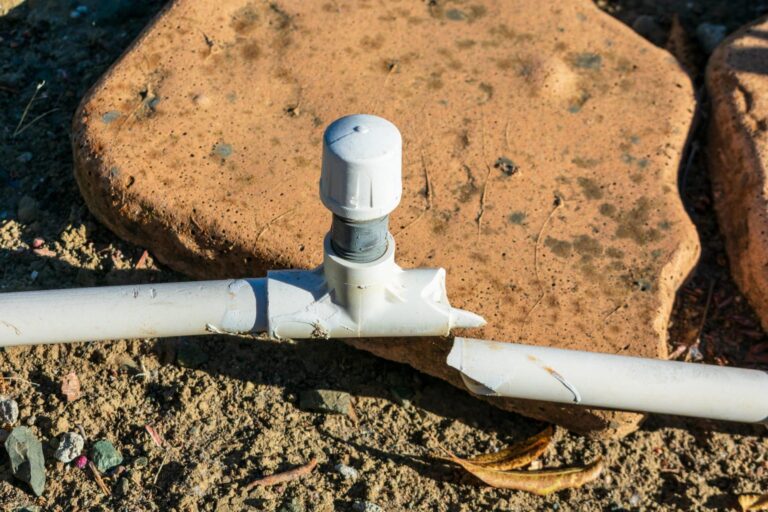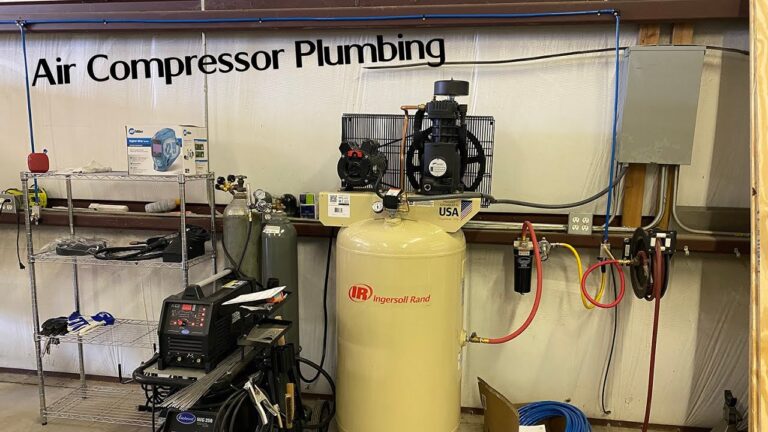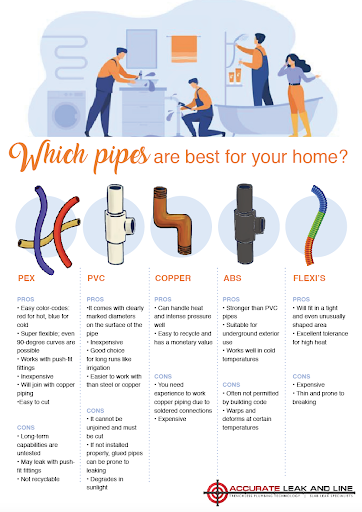What Is A Gully Trap?
A gully trap is a type of plumbing fixture found in modern buildings. It is used to catch and trap waste water, debris, and other materials that pass through a plumbing system. The gully trap is typically located near the base of a sink, bathtub, or shower drain and acts as a filter for these materials. It is designed to prevent the drainage system from becoming clogged or damaged by larger objects. Gully traps help keep the plumbing system running smoothly and prevent the need for costly repairs.

Definition of a Gully Trap
A gully trap is a drainage device used to prevent foul air from entering into buildings. It is placed in a drain line that connects to a sewer or septic tank, and works by trapping a small amount of water in the bottom, allowing it to act as a barrier to the odours and gases that can escape from the drains. Gully traps are an important part of any drainage system, providing a safe and effective way to keep unpleasant odours away from both residential and commercial buildings.
Types of Gully Traps
Gully traps are a type of drainage system used to prevent sewage from backing up into homes and businesses. They are usually located at the lowest point of a building’s drainage system, and act as a barrier to stop sewer gases, odours and other pollutants from entering. Gully traps come in a variety of shapes and sizes, designed to suit different requirements. Some of the most common types are the traditional cast iron gully trap, the plastic channel gully trap, the stainless steel gully trap, and the sump gully trap. Each type offers unique benefits depending on the application, with cast iron proving to be the most durable and cost-effective solution. Gully traps can be an important part of any drainage system, providing a reliable and efficient way to prevent sewage from backing up into buildings.
Benefits of Installing a Gully Trap
A gully trap is an essential component of any drainage system. Not only does it help prevent odours from escaping, it also prevents pests from accessing your home. Installing a gully trap can also help reduce the amount of water that is wasted in your home. By trapping debris and preventing it from entering your drainage system, you can reduce clogging and save money on repairs. Additionally, installation of a gully trap can help protect your home from flooding and water damage. The unit can also extend the life of your drainage system by capturing and trapping materials which can otherwise corrode and damage pipes. Installing a gully trap is a simple and cost-effective way to protect your home and save money in the long run.
Installation Process of a Gully Trap
A Gully Trap is an important component of any plumbing system. It is designed to collect and remove wastewater from sinks, showers, and other fixtures. Installing a Gully Trap is relatively simple and straightforward, but it is important to understand the correct procedure to ensure a safe and efficient installation. The first step of the installation process is to measure the area where the Gully Trap will be placed. Next, a hole needs to be created in the floor or wall to fit the trap. Once the hole is created, the trap can be placed in the opening and secured with supplied screws. After this, the connection to the sewer pipe is made and the sealant is applied. Finally, the trap’s lid is placed and secured. Following these steps will ensure that your Gully Trap is properly installed and ready to do its job.
Troubleshooting Common Gully Trap Issues
Gully traps are an integral part of household plumbing systems, acting as a barrier to prevent foul odors and pests from entering your home. Unfortunately, gully traps can be prone to blockages and other issues due to the build-up of debris over time. This blog post provides useful information about troubleshooting common gully trap issues. We discuss the signs of a blocked gully trap, how to prevent the most common clogs, and the steps to take if your gully trap has become blocked. We also discuss the importance of regular maintenance and provide advice on what to do if you’re unable to unblock the gully trap yourself. Our blog post is designed to help you identify and resolve gully trap issues quickly and safely.
Frequently Asked Questions About Gully Traps
Gully traps are an essential part of any plumbing system. They catch debris and prevent it from entering into the sewage system. But many people have questions about them. Here are some of the most frequently asked questions about gully traps:
• What is a gully trap? A gully trap is a device designed to capture debris, such as leaves or dirt, before it enters the main sewage system. It is usually a small chamber with a grate or filter on the top and outlets at the bottom.
• Why are gully traps important? Gully traps are essential for keeping the sewage system free from blockages. By trapping debris before it enters the system, gully traps help to ensure a free-flowing and safe environment.
• What should I do if my gully trap needs to be cleaned? If you notice your gully trap is becoming clogged, you should contact a professional plumber to clean it. They will be able to safely and effectively remove any debris and ensure your gully trap is functioning properly.
FAQs About the What Is A Gully Trap?
Q1. What is a gully trap?
A1. A gully trap is a type of plumbing fixture that is designed to prevent foul odors and sewer gases from entering a building. It is typically installed at the lowest point of a plumbing system, usually in the basement or outside where the sewer line enters the building.
Q2. How does a gully trap work?
A2. A gully trap works by trapping a small amount of water in the base of the trap, which creates a seal that prevents sewer gases from entering the building. The water also acts as a barrier to block any solid waste that may otherwise pass through the plumbing system.
Q3. What materials are used to construct a gully trap?
A3. Gully traps are typically made out of PVC, ABS, or cast iron. They can also be made out of stainless steel or copper, depending on the application.
Conclusion
A gully trap is a plumbing device used to prevent foul air from entering a building. It is most commonly used in sinks and bathtubs and is designed to trap debris and odors. The gully trap is an important part of a building’s plumbing system, as it helps to ensure clean and healthy air within the building. It is also important to ensure that the gully trap is regularly maintained and cleaned, as this can help to prevent blockages and other plumbing problems.







